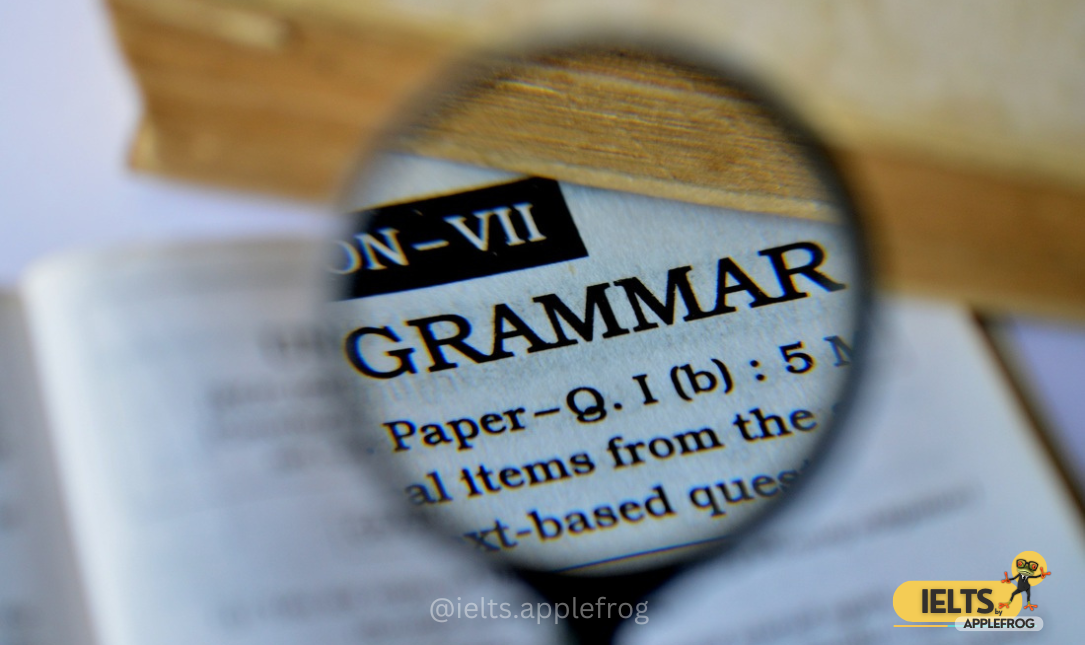
Common nouns are the general names we use to refer to people, places, things, or ideas. Unlike proper nouns, they don’t refer to specific entities and are not capitalized unless they appear at the beginning of a sentence. These nouns play a fundamental role in our communication by helping us describe the world around us.
Features and Examples of Common Nouns
- General Names: Common nouns are used for broad categories, rather than specific individuals or entities.
Examples: cat, city, table, book, happiness
- Categories and Classes: They represent groups or classes of similar items, making them versatile in usage.
Examples: animal, vehicle, fruit, furniture, emotion
- Non-Specific References: Common nouns refer to any member of a category, not a specific one.
Examples:
- A dog (refers to any dog)
- The book (refers to any book)
- Countable and Uncountable Nouns: Common nouns can be classified as either countable or uncountable:
- Countable Nouns: These can have singular and plural forms and are measurable.
Examples: dog/dogs, chair/chairs
- Countable Nouns: These can have singular and plural forms and are measurable.
- Uncountable Nouns: These cannot be counted and lack a plural form.
Examples: water, information, happiness
- Modifiers and Determiners: Common nouns are often paired with adjectives or determiners to give more context.
Examples:
- a cat (article)
- this city (demonstrative)
- my table (possessive)
- some books (quantifier)
- Functions in Sentences: Common nouns can serve various grammatical purposes:
- Subject: The noun performing the action or being discussed.
Example: “Cats are playful.”
- Object: The noun receiving the action of the verb.
Example: “She bought a book.”
- Modifiers: When common nouns describe other nouns.
Examples: “book cover,” “car engine.”
- Subject: The noun performing the action or being discussed.
Common nouns are the foundation of our language, enabling us to talk about general ideas and everyday objects. They help us express thoughts clearly and share information effectively. By using them thoughtfully, we can create vivid and relatable communication.
Common nouns may not stand out, but they build the bridges of our everyday conversations.












0 Comments